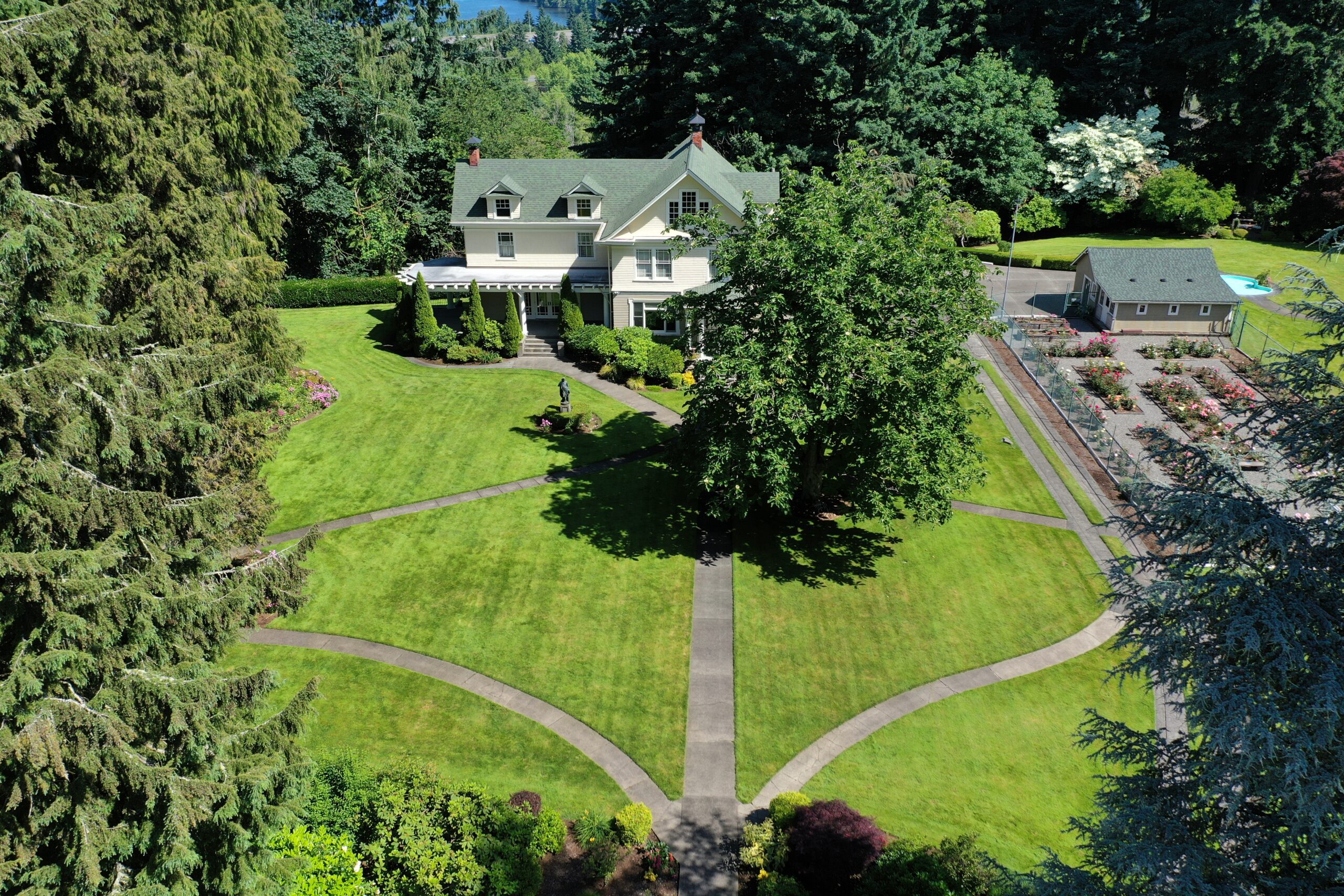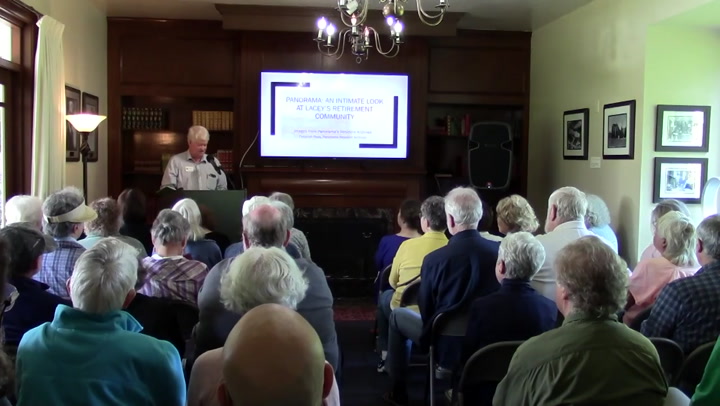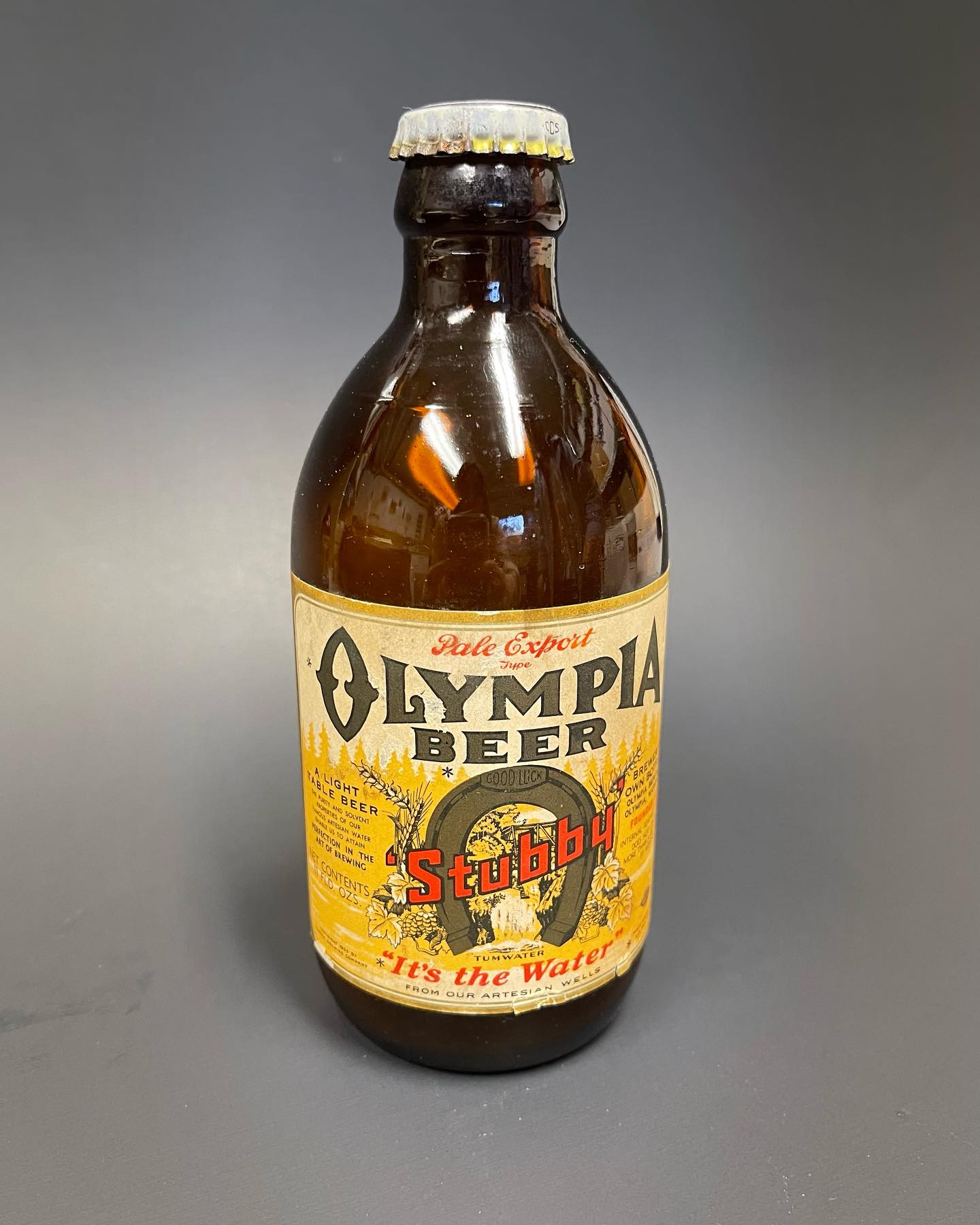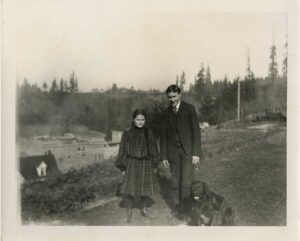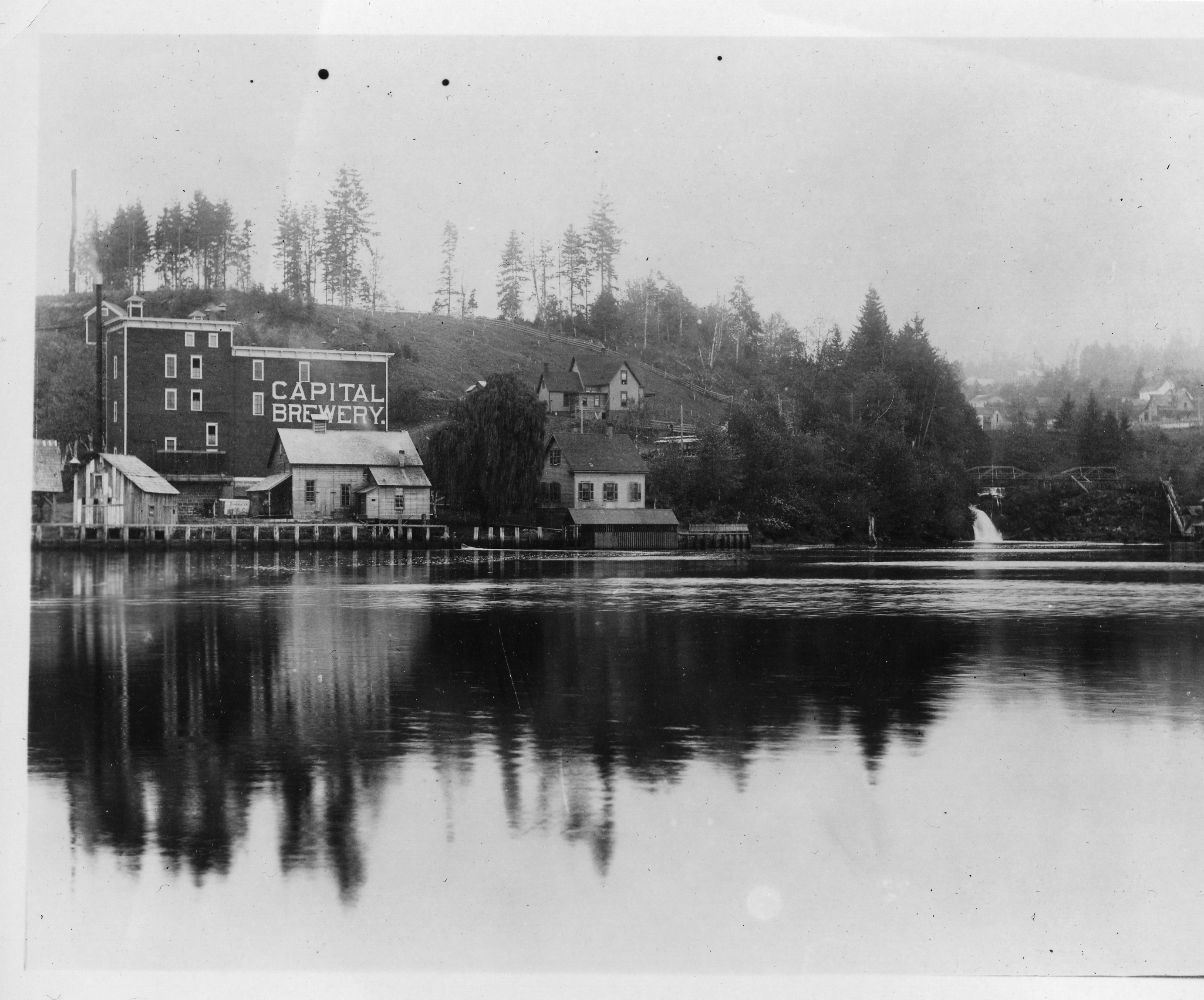
Are you old enough to remember the days of radio and early television newscasts when the headlines were introduced with the phrase, “Dateline!”? That was a prevalent way of getting the viewer’s or listener’s attention for the next story. News documentaries and newsreels in the theaters often used that as part of their presentation. I’d like to do that here as we go back to the very beginnings of the brewery in Tumwater when the Schmidt brothers, Leopold and Louis, began work
on the Capital Brewing Company at the foot of the Deschutes falls. The Schmidts had purchased five acres of land from the widow of the Biles Tannery family. Allow me to present an edited version of the newspaper articles from the Morning Olympian as they reported on the big story of what was happening here in our historic town, using the phrase “Dateline.”
Dateline, October 9, 1895 —
Arriving in Tumwater from Montana on Monday was the family of Louis Schmidt along with their household goods. His wife Clara and the children Frederick (Fritz), Paul and 4 ½ year old Marie will move into the residence on the property, says Louis, as soon as the residence is vacated. He will immediately begin the construction of the brewery plant. His brother Leopold is in Montana settling up affairs there and is expected to return to Olympia shortly and assist in getting the work started.
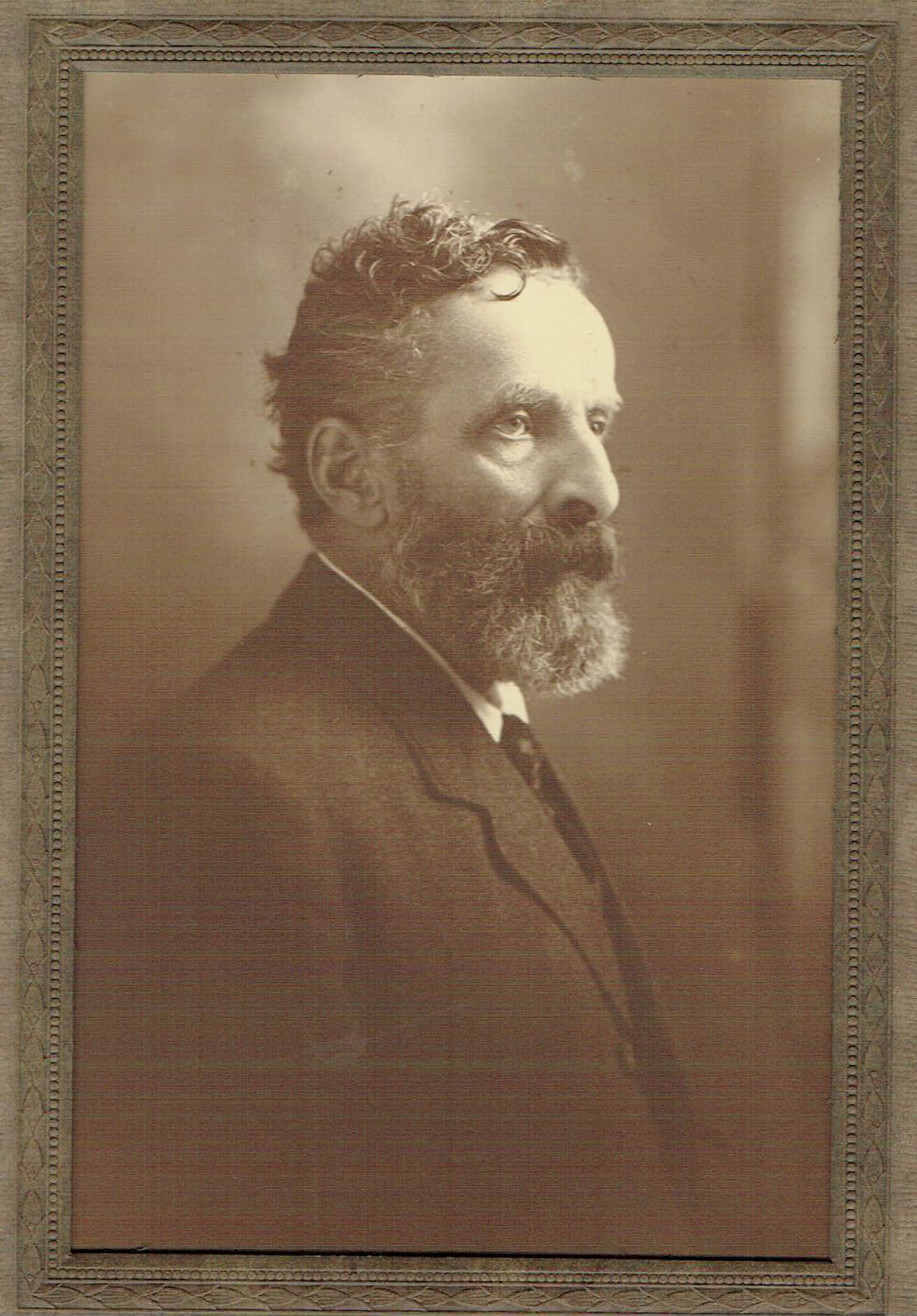
Dateline, October 30, 1895 —
Leopold Schmidt has arrived. The work of constructing the brewery at Tumwater will now be actively prosecuted. Louis has had a force of men at work tearing down the old tannery. The brewery site extends partly over the site of the tannery. The several springs above the site on the hillside have been run together and the road bed is being moved further up on the hill, so as to move it around the brewery, which will extend across the old roadbed.
Dateline, December 2, 1895 —
Foundation work will begin next February, inaugurating a new era of improvements by Mr. Schmidt. Louis Schmidt is possessed of an energy that would do to set up as a model. An Olympian reporter called upon Mr. Schmidt last Saturday and found that gentleman with his coat off, wielding a spade in his orchard and directing the labor of 6 to 8 laborers who were engaged in the work of clearing up the old orchard on his place and pulling out stumps on the hillside above.
On the waterfront stands the residence occupied by Henry Finger. Near this is his ice factory. Between the orchard and the group of buildings near the water is a road which has been improved by cutting back into the upper side, making it a few yards wider. This road winds up past the pretty residence occupied by Mr. Schmidt and joins the main road at the electric car depot.
The soil where the old tannery stood is of a boggy nature and there may be some difficulty getting a solid foundation for the brewery. If they don’t find bedrock reasonably near the surface, piles will be driven. This will have to be solid, for on it will be erected a building 64 feet in height.
The power for the brewery machinery will be supplied by a pipe flume heading in the lower falls, and water for the beer will come from the numerous springs on the property at the base of the bluff. These will all be turned into one stream which will be of volume sufficient to operate a large hydraulic ram. This will force the water to the top of the bluff into a 1,000 barrel tank which will supply not only the brewery, but the residence and the garden.
Dateline, February 18, 1896 —
A progress report on the property improvements, including news that the foundation work for the building was suspended due to a telegram from Leopold Schmidt to Louis Schmidt who said that he had purchased a 15 ton ice machine. That meant Louis had to redesign the plans in order to accommodate this heavy piece of machinery. Mr. Schmidt was expecting to receive the revised plans from his brother today and to push the work on the building with all vigor.
Dateline, October 7, 1896 —
A follow up report on what has been accomplished in one year. The reporter was shown through the brewery by Louis Schmidt, who explained the entire process of making beer. The reporter was told about the special Bohemian hops that leave a pleasant aftertaste and about the grain’s journey up the elevator to the top of the building until the time the finished product is drawn off into barrels and rolled through a door ready for shipment.
The reporter related a fine account of the tour and commented upon the blocks of ice which the company manufactures. The room is kept at 2 degrees above freezing and when one steps into it from the outside air, he at once longs for an overcoat and woolen socks. The machinery of the brewery is run by electric power and a steam engine held in reserve should anything happen to the motor. The bottling works will be finished in two weeks. One year ago today Mr. Schmidt arrived in this city to reside and during this year past he has succeeded in accomplishing an enormous amount of work. From a neglected place overrun with weeds, it has been transformed into as pleasant and neat an appearing home as one could wish. The road has been improved, a street car track put in and a $60,000 brewery built with all its accessories. A force of men have been given steady employment, and an even dozen are now devoting their time to employment furnished by the brewery. The Capital Brewery Company, Leopold and Louis Schmidt, and Mr. Wolfe are highly pleased with the reception given their product, and they feel confident that its merits will find it a good market in all the cities of the sound and surrounding territory.
The datelines continued as a new era in Tumwater history began, putting the little town on the map not only in the Northwest but all around the country and around the Pacific Rim.



